Percutaneous arthroscopic calcaneal osteosynthesis method enhances pinning
At the level 1 trauma center at the Imperial College of London, we have developed a reproducible arthroscopic technique for calcaneal osteosynthesis. The technique provides good visualization of the reduction of the fragment, and the portals also allow the surgeon to verify that the screws are properly placed.
The management of calcaneal fractures has been a dilemma for orthopedic surgeons for more than 150 years. The problem is due to the devastating disability if the injury is untreated coupled with the significant risks of surgery.
Our understanding of the fracture is much advanced, as are our fixation techniques. However, complications remain unacceptably high, with severe deep infections occurring regularly. Deep infection requires intensive and expensive management including prolonged antibiotics, further surgery to remove the implants, plastic surgical reconstruction, and a slow and often painful recovery for our patients.
For example, in a large series by Buckley and colleagues, superficial to deep wound infection rates ranged from 7% to 22% among 253 patients. Furthermore, in 2006, Charles M. Court-Brown, MD, reported a deep infection rate of 8% for his 178 patients. In a study of 190 patients by Starr and colleagues there was a 40% wound complication rate.
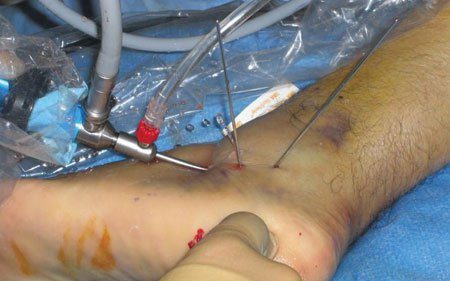
Figure 1. The PACO technique is performed through three portals. Temporary fixation with wires
is shown.
Images: Rosenfeld P
To avoid such devastating complications with open reduction and internal fixation (ORIF), surgeons often select the optimal patients for the procedure and may reserve the surgery for patients who are young or healthy, nonsmokers and for patients without significant comorbidities such as diabetes. Often more generalized orthopedic specialists will avoid surgery for this fracture altogether because of the risks.
Arthroscopic alternative
Percutaneous fixation is an alternative to ORIF that we have found reliable and effective in avoiding major complications.
Between July 2010 and July 2011, we studied its use in 19 patients, with 13 patients ultimately treated with the procedure and followed up. Most patients had severe fractures, and all were treated with the percutaneous arthroscopic calcaneal osteosynthesis (PACO) technique.
Surgical technique
The surgery is performed with the patient in the lateral position with a calf tourniquet inflated to 250 mm Hg. It is performed through three portals, two placed in the sinus tarsi and one posterolateral portal (Figure 1).
The initial view is obscured by the fatty tissue in the sinus tarsi, and a working area is created with a shaver to expose the posterior facet. The fracture is examined and the hematoma removed.
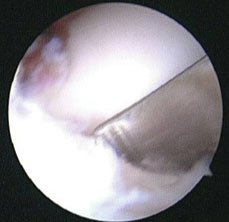
Figure 2. Elevation of posterior facet is shown.
Next, the fracture fragments are manipulated and reduced either with instruments introduced through the portals or percutaneously. Elevation is provided by levering the fracture from posteriorly or by punching it up from inferiorly (Figure 2). Fixation is achieved with cannulated screws introduced laterally.
Results and advantages
We have significantly decreased our rate of wound complications using PACO surgery. Although the surgical technique is complex, it is reproducible and most importantly, allows direct visualization of the reduction. Furthermore, it involves a stable fixation technique, and we have found that PACO is associated with significant cost savings.
Of the 19 patients in whom we studied our results with the procedure, six patients were excluded. Three had open fractures and three severely comminuted (Sanders 4) fractures, that were treated by arthroscopic arthrodesis.
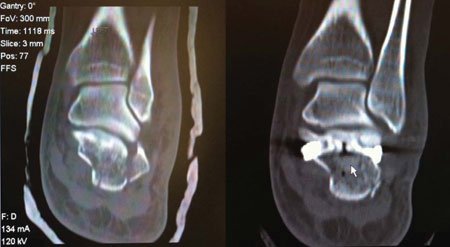
Figure 3. The preoperative and postoperative CT scans of a patient who underwent the procedure.
Of the final 13 patients, all of them had preoperative and postoperative CT scans (Figure 3), with surgery performed on the next available list. Prior to surgery, all patients had prophylactic antibiotics. Postoperatively, all patients underwent the same regime, with initial immobilization in a temporary cast for 2 weeks and strict elevation for the first week. From 2 weeks to 6 weeks, a walking boot (Aircast; DJOGlobal) is fitted and gentle rehabilitation started. All patients were allowed to partial weight bear starting at 6 weeks and were followed up routinely.
For the 13 patients treated, the average age was 41 years and more than half of them smoked. There was no delay for swelling as the arthroscopic surgery allows early surgery, and so there was a short time from fracture to surgery. They were all discharged the following day.
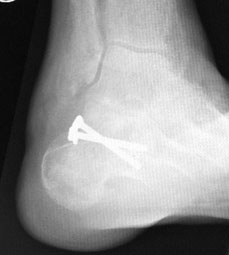
Figure 4. Follow-up radiograph (Borden’s view) is shown.
The mean preoperative Bohler’s angle was 9.9° and postoperatively it improved to 27.7°.
We measured the articular step of each fracture as described by Buckley and colleagues. It was significantly improved postoperatively, with all cases having a step of less than 2 mm (Figures 4 and 5).
Functional outcomes
We found there was a learning curve that impacted the operative and tourniquet times; the average in this initial series was 109 minutes.
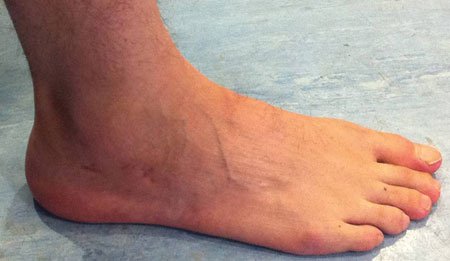
Figure 5. The incision sites are seen in this postoperative image.
To measure functional outcomes, we used the 17-question foot functional index questionnaire. The postoperative scores averaged 89 points.
We have encountered some complications. There was one minor wound infection in the series that cleared with oral antibiotics. In another case, the screws on the lateral side were painful and needed to be removed at 6 months.
Compared to the average cost of typical ORIF for a calcaneal fracture, which we estimated at $21,000 including hospitalization, imaging and implants, a PACO procedure in our hands costs about $7,000 and has the advantages of minimal screw fixation and hospital stay.
This novel surgical technique effectively addresses the fixation of calcaneal fractures while reducing complication rates.
References:
- Buckley RE, Tough S. Displaced intra-articular calcaneal fractures. J Am Acad Orthop Surg. 2004;12(3):172-178.
- Court-Brown CM, Schmied M, Schutte BG. Factors affecting infection after calcaneal fracture fixation. Injury. 2009;40(12):1313-1315.
- Folk JW, Starr AJ, Early JS. Early wound complications of operative treatment of calcaneus fractures: analysis of 190 fractures. J Orthop Trauma. 1999;13(5): 369-372.
- Harnett P, Willis-Owen CA, Rosenfeld P. Percutaneous arthroscopic calcaneal osteosyn-thesis (PACO): Case series of a novel technique. Paper #621. Presented at the American Academy of Orthopaedics Surgeons 2012 Annual Meeting. Feb. 7-11. San Francisco.
For more information:
- Peter F. Rosenfeld, MB, BS, FRCS, FRCS(Orth), is a consultant orthopaedic surgeon and lead of the Foot and Ankle Unit at Imperial Hospital in London. He can be reached at email: pfrosenfeld@btinternet.com.
- Disclosures: Rosenfeld has no relevant financial disclosures.
